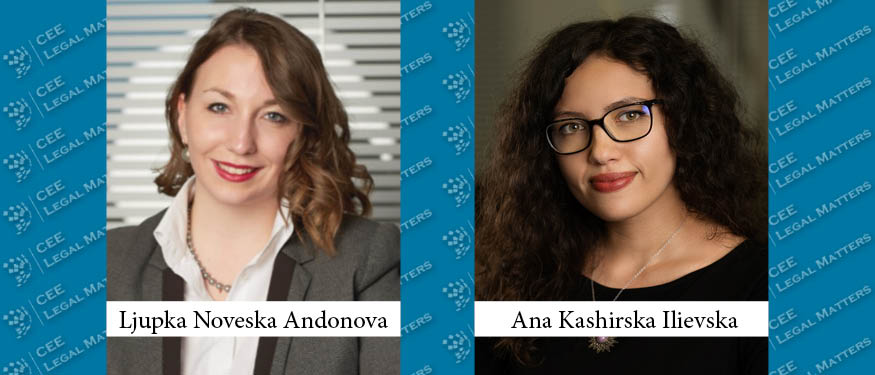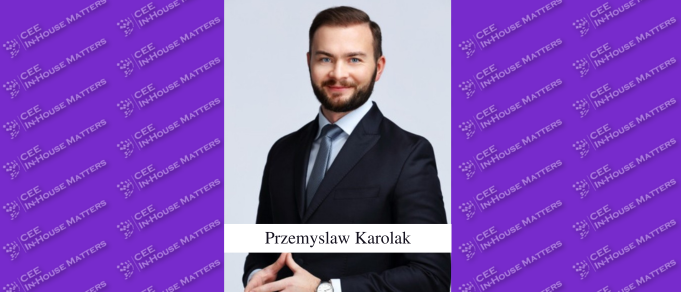Almost a year and a half after Poland’s Restructuring Law entered into force, introducing a clear separation between restructuring and bankruptcy, now is a good time to review its affects.
Before the reform, although there were two available options – liquidation bankruptcy and bankruptcy with arrangement (which provided a better chance of resuming business and continuing operational activities) – almost 85% of bankruptcies ended with liquidation of the debtors’ enterprises. The level of recovery of receivables in such proceedings was among the lowest in Europe, at an average of 60%, while in the UK and Germany it was as much as 85-90%.
The new law stressed the need to improve the efficiency of proceedings, in particular to increase creditors’ satisfaction, as well as to provide better chances of continuing business operations. Thus, the new law introduced four new types of restructuring proceedings, all designed to facilitate the reaching of arrangement with creditors, and most not only offering debtors restructuring tools, but also placing them on relatively safe ground for the distressed period in order to let them work out a solution and conduct the arrangement process.
The reform introduces new tools, such as the ability to enter into a partial arrangement with creditors who have significant influence on the debtor enterprise’s operations. It also introduces the institution of “pre-pack,” which enables the sale of all of a bankrupt’s enterprise or an organized part of its assets, where the sale operates as an enforced sale and is made on terms negotiated with an investor even before formal bankruptcy proceedings commence. Although criticized for its lack of transparency, thanks to this solution the sale is effective upon the declaration of bankruptcy rather than after months or even years of bankruptcy proceedings.
The experience of the first year and a half of the new law shows that the change has considerably and positively influenced the number of initiated proceedings. Data from the Polish Ministry of Justice shows that as many as 543 restructuring applications were filed in the first year of the new law, out of which more than 200 resulted in actual commencement of proceedings. In 2016 over a quarter of all initiated insolvency proceedings were in fact restructuring proceedings. In addition, research indicates that the time between the appearance of the first indicators of financial problems and the commencement of proceedings has been reduced by more than 30% over previous years. This clearly indicates the increase of Polish entrepreneurs’ legal awareness, as well as proving the non-stigmatizing effect of separating restructuring from bankruptcy.
More powerful tools on the side of entrepreneurs have resulted in an increased number of successful out-of-court and consensual restructurings, where the banks often appear as the other party. The banks often take a more open approach towards the introduction of modifications into financing structures and project requirements in crisis situations where the modifications are made on the basis of a thorough analysis of the enterprise and its financial situation and are presented to the banks at an early stage and properly applied.
We also see increasing interest from investors in purchasing pre-packed enterprises, resulting in a “new life” for enterprises on the brink of bankruptcy.
Even though it is not perfect and still requires improvement, the reform has proven to be a major step in the right direction. I believe that the new law can play a positive and effective role in encouraging businesses to use restructuring tools instead of passively waiting for difficulties to solve themselves, which usually leads to bankruptcy.
By Agnieszka Ziolek, Head of Restructuring, CMS Poland
This Article was originally published in Issue 4.6 of the CEE Legal Matters Magazine. If you would like to receive a hard copy of the magazine, you can subscribe here.













